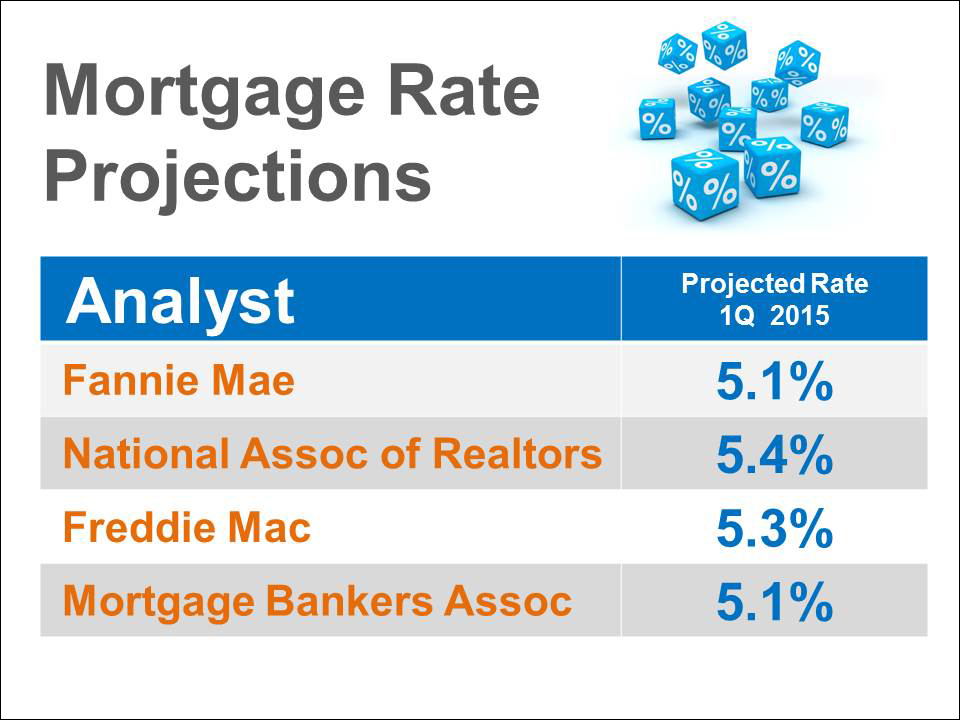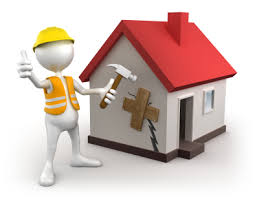 “Everyone has heard of Reverse Mortgages, but not everyone knows how they really work. About 3 years ago a relative of ours took one out when the rates were lower and the terms were different than they are today. Everything that you thought you knew about Mortgages has changed and Reverse Mortgages are no different. For the most up to date information on this Personal Finance option please read on…”
“Everyone has heard of Reverse Mortgages, but not everyone knows how they really work. About 3 years ago a relative of ours took one out when the rates were lower and the terms were different than they are today. Everything that you thought you knew about Mortgages has changed and Reverse Mortgages are no different. For the most up to date information on this Personal Finance option please read on…”
DC Metro Realty Team – Denise Buck & Ed Johnson
The television ads for reverse mortgages feature amiable aging actors and even a former U.S. senator who tries to convince viewers with sincere pitches.
“A government-insured reverse mortgage allows seniors to stay in their own home and turn their equity into tax-free cash without any monthly mortgage payment,” former Tennessee Sen. Fred Thompson says in one advertisement.
It’s a compelling sales pitch, but the truth is the U.S. Department of Housing and Urban Development’s Home Equity Conversion Mortgage program was a tottering structure facing collapse during the recession. The Reverse Mortgage Stabilization Act of 2013 then bolstered the foundation and kept the whole program from caving in.
Here’s a look at how the recent changes affected reverse mortgages, and if they’re a suitable solution for seniors seeking additional income.
How do reverse mortgages work?
Reverse mortgages can be marketed and sold by private companies, but the only reverse mortgage insured by the U.S. federal government is called a Home Equity Conversion Mortgage and is only available through an Federal Housing Administration approved lender.
A reverse mortgage is a loan you never pay back. If you are at least age 62, live in your home and either own it outright or have a low mortgage balance, you might qualify for a reverse mortgage. Essentially, it allows you to access a significant portion – but not all – of the equity in your home. Unlike a home equity loan, you don’t have to repay the loan. However, you will continue to be responsible for utilities, taxes and insurance coverage.
The loan is only due once the last surviving borrower dies or no longer lives in the home for 12 consecutive months or more. If heirs want to keep the home, they will need to pay off the loan balance. But if the loan balance is more than the home is worth, the FHA will accept a 95 percent payment of the home’s value. In the event the heirs cannot afford to buy the home, they will likely have to sell it to pay off the loan.
How has the loan program changed?
In order to rescue the FHA loan program, changes were made to the structure of the loans, and fees were increased.
The maximum size of a loan will depend on the age of the youngest borrower, the value of the home and current interest rates. However, under the new rules, the maximum amount borrowers can withdraw is about 15 percent less of their home’s equity than before the changes.
The FHA also now limits the amount of money that can be withdrawn immediately as well as during the first 12 months of the loan. There are some exceptions, but in most cases borrowers are eligible to withdraw up to 60 percent of their home’s equity.
Additional steps have also been taken to ensure that borrowers will be able to meet their continuing financial obligations, including taxes and insurance. For some borrowers, the FHA now requires payment of property taxes and insurance out of the reverse mortgage line of the credit or through term payments from an escrow account.
What are the fees associated with reverse mortgages?
Reverse mortgages are generally more expensive than other home loans, and with the fee increases mandated by the Reverse Mortgage Stabilization Act, even pricier than before. Fees you can expect to pay when taking out a reverse mortgage can include lender fees, mortgage insurance and closing costs. These fees can also be taken out of the initial loan proceeds.
The mortgage insurance payment goes directly to the FHA and is an ongoing fee for the life of the loan. If you withdraw 60 percent or less of the available funds in the first year, you will be charged a mortgage insurance premium of 0.50 percent of the appraised value of the home. If you take more than 60 percent of your equity, the upfront payment will be 2.5 percent. The annual premium is 1.25 percent of the outstanding loan balance, according to the National Reverse Mortgage Lenders Association.
The bottom line: Reverse mortgages might not be the “safe, simple solution” to retirement income that the TV spokespeople would have you believe, but they probably aren’t as evil as the naysayers make them out to be, either. The reality is probably somewhere close to the middle.
Originally posted by US News and World Report









